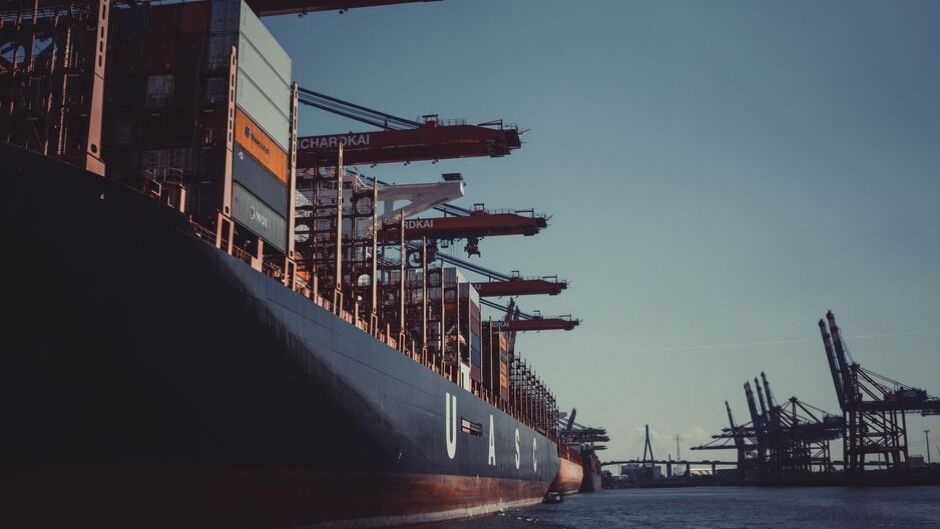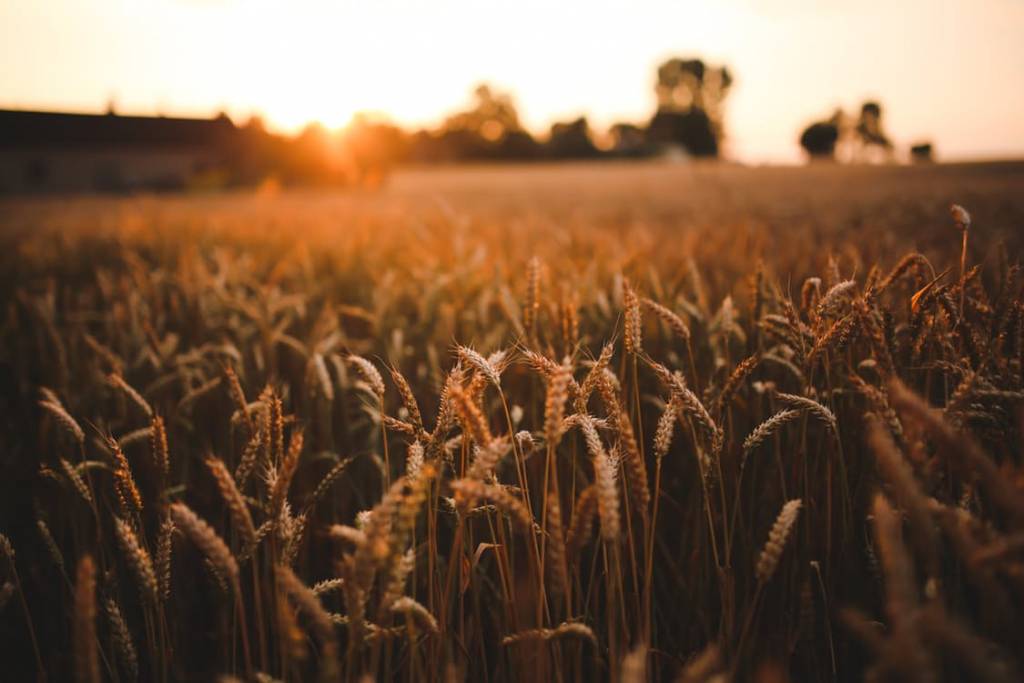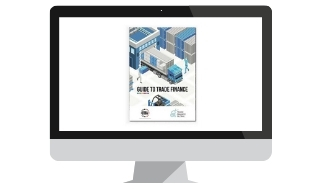GSM 102 Program
GSM 102 is a program related to Export Credit Guarantees by USDA – the United States Department of Agriculture. This program aims to encourage commercial export financing of agricultural commodities from the US by providing credit guarantees.
The program reduces the financial risk for lenders. Plus, the guarantee of credit encourages the export of American agricultural goods to the importers in as many countries worldwide as possible, especially in developing countries.
However, the importing company in the developing country must have adequate financial strength and ability to make scheduled payments, with prompt availability of foreign exchange.
GSM 102: An Overview
If you want a quick understanding of what the GSM 102 program is, then you have come to the right place. Continue to read how GSM 102 works, who can participate and how.
How GSM 102 Works?
The credit guarantee provided by the GSM 102 program is typically utilized by the private financial sector within the United States. In some cases, it can be procured by US exporters as well. The program covers up to 18 months of credit term. However, these maximum credit terms may vary by country.
The private financial sector extends credit guarantee to an approved financial institution in a foreign country using an irrevocable, dollar-denominated letter of credit. The aim is to make it easy for a foreign importer to purchase US agricultural and food products.
USDA’s Commodity Credit Corporation (“CCC”) provides a guarantee of payments to exporters that will be due from an approved financial institution in a foreign country. It can also be a financial institution in the US. However, it is obligatory to obtain financing via standard commercial sources.
Typically, up to 98 percent of principal of interest are taken care of by a the guarantee. However, the importers must negotiate any follow on agreements for credit with the foreign financial institution separately, as the CCC guarantee will not cover this arrangement.
You can get information for each country on the FAS official website. You will also find information and requirements on other programs and commodity allocations.
What Determines the Eligibility of a Country or Region?
All interested parties, including foreign importers, US exporters, and financial institutions can request CCC to set up a GSM 102 program for a specific region or country. CCC will evaluate the ability of each region, country, and foreign financial institution before announcing the availability of credit guarantees.
CCC may add the new financial institution at its discretion. Plus, they may decrease or increase the levels of approval for other existing countries and financial institutions on the CCC’s approval list. This depends on the changing circumstances of the world’s economy and political activities.
Who are the Eligible Commodities?
CCC solely selects all agricultural products and commodities according to the demand and marketing potential. Additionally, the eligibility criterion also relies on regulatory requirements and applicable legislation.
Who Can Participate?
Once a financial institution or a country gets approval by CCC for participation, the exporter from the US can negotiate the export sale’s terms with the importer. Once a company’s export sale exists, the qualified exporter from the US must ensure that they apply for a guarantee of payment before the export date.
The US exporter pays a fee calculated on an amount guaranteed in US dollars. The rates of the fee are currently dependent on the country’s risk that CCC is willing to undertake.
Other factors in determining fee rates are macroeconomic variables for each country, risk of a foreign bank, the repayment term, and frequency of repayment under the guarantee.
Claims and Defaults
If a foreign institution such as a bank fails to make payments covered via a GSM 102 credit guarantee, the party who is a holder of the payment/credit guarantee must immediately send in a notice of default directly to CCC within a timeframe specified in the GSM 102 regulations.
The party must send the claim for a default on the payment guarantee within the specified timeframe. If the CCC finds the claim to be legitimate, they will pay the guaranteed credit.
The exporters within the United States must obtain the required documents to prove that the products arrived at the destination region or country. They must submit these documentations to the CCC for audit purposes.
It is obligatory for both assignee and exporter to maintain all transactional documentation for at least five years from the completion date of all payments.
To participate in the GSM 102 program, one may follow the below-mentioned list of nine steps.
- Find out if CCC has already approved a credit guarantee for the importing country that you want to conduct business with.
- If the GSM 102 coverage is available, all you have to do is contact an exporter in the US who is eligible to get a guarantee by CCC and willing to sell the US agriculture products on reasonable terms.
- Check with the local banks in your country that have been approved by CCC if they have credit agreements with one or multiple financial institutions within the US. You must acquire a preliminary commitment from the bank of your choice so they can handle your pre-planned transaction.
- Always enter a sales contract that is consistent with commodity, country, and CCC allocations and ensure that the exporter you are working with is an eligible one.
- You must then arrange for the local bank (CCC approved) to send an irrevocable letter of credit with dollar denomination to the bank in the US. The letter of credit will be in favor of the exporter.
- Once the US financial institution confirms the LC to the exporter in the US, the export will proceed to ship the promised goods as per the sales contract.
- Once the importer receives the goods, the importer’s bank will settle the transaction and release documents required by the importer.
- Once the importer receives the goods, they will pay their local bank who will then forward the payment that includes principal and interest to the bank in the US.
- The importer also provides entry documents to the exporters, so they have proof of delivery as well.
 Australia
Australia Hong Kong
Hong Kong Japan
Japan Singapore
Singapore United Arab Emirates
United Arab Emirates United States
United States France
France Germany
Germany Ireland
Ireland Netherlands
Netherlands United Kingdom
United Kingdom



